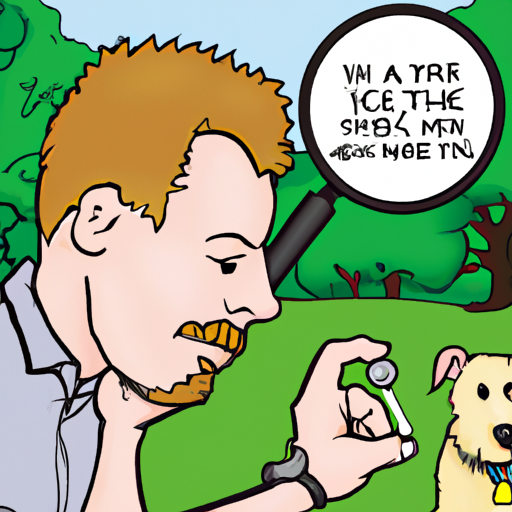Introduction
As a caregiver, nothing is more important to you than the wellbeing of those in your care. When it comes to our furry friends, ticks are a real and persistent threat, especially during warmer months. But fear not, you’re not alone in this battle. In this guide, we’ll explore effective strategies on how to prevent ticks on dogs, keeping them safe and healthy.
Understanding Ticks and Their Risks
Before we dive into the solutions, let’s understand our enemy. Ticks are not just pesky parasites, they are carriers for various diseases that can severely affect your dog’s health.
- Lyme disease
- Anaplasmosis
- Ehrlichiosis
- Babesiosis
Ticks latch onto your dog’s skin, feeding on their blood and possibly transmitting diseases in the process. The key to preventing this is twofold: keeping your dog from being exposed to ticks, and if they are, removing them as quickly as possible.
Tick Prevention Methods
There are several ways to keep ticks at bay:
- Topical Medications: These are applied directly to your dog’s skin, usually once a month. They work by killing ticks either on contact or shortly after they bite.
- Tick Collars: These collars are treated with chemical repellents that deter ticks.
- Oral Medications: Pills that are given once a month can kill ticks and disrupt their life cycle.
| Method | Pros | Cons |
|---|---|---|
| Topical Medications | Effective; Easy to apply | Possible side-effects; Not water-resistant |
| Tick Collars | Long-lasting; Cost-effective | Not suitable for all dogs; Can lose effectiveness if wet |
| Oral Medications | Quick; No external residue | Possible side-effects; Prescription required |
Regular Tick Checks
Even with preventive measures in place, regular tick checks are crucial. Ticks can attach anywhere on your dog’s body, but they prefer areas where the skin is thin.
- Around the ears
- The groin area
- Between the toes
- Under the collar
Remember to use a tick removal tool or a pair of tweezers to remove any ticks you find, making sure to get the entire tick out without leaving any parts behind.
Keeping Your Environment Tick-Free
Finally, remember that prevention starts at home. Keep your grass mowed, clear out leaf litter, and consider using tick control products in your yard.
In the end, it’s about creating a safe space for your dog to play and live, free from the threat of ticks.
FAQs
Q: How quickly can ticks transmit diseases?
A: Ticks can begin to transmit diseases within 24-48 hours of attaching to your dog, which is why quick removal is so important.
Q: Can I use tick prevention products year-round?
A: Yes, in most areas, ticks can be a year-round problem, so continuous prevention is beneficial.
Q: What should I do if my dog has a tick-borne disease?
A: If you suspect your dog has a tick-borne disease, consult with your vet immediately. They can provide the most appropriate treatment based on your dog’s specific needs.
Remember, as a caregiver, your diligent efforts can make a world of difference in preventing ticks on dogs. Stay informed, stay vigilant, and keep those tails wagging.



